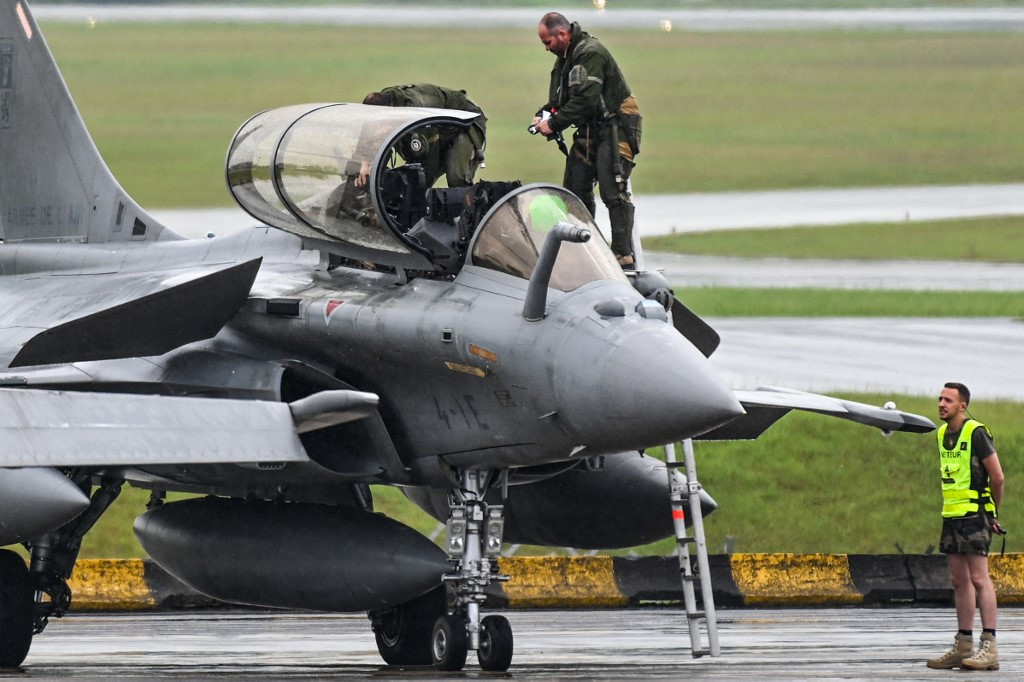SOURCE: IDRW.ORG


Recent claims from Dassault Aviation, the French aerospace giant, have drawn attention to the slow pace of its upgrade programs. Dassault has stated that it would take up to 8 years to replace the current RBE2 Active Phased Array Radar (RBE2 AESA) on the Rafale jets with India’s indigenously developed Uttam AESA radar, raising concerns over the speed of French aerospace projects. The announcement has brought back memories of the protracted Mirage-2000 upgrade program, which also faced delays and cost overruns.
Defence expert Ranesh Rajan, speaking to idrw.org, noted that this slow pace is not an isolated case. He recalled the lengthy process of upgrading 50 Mirage-2000 fighter jets of the Indian Air Force (IAF), a program that took over 8 years and became almost as expensive as purchasing brand new jets. According to Rajan, Dassault’s aerospace programs are notorious for their high costs and lengthy upgrade cycles, particularly when it comes to incorporating new technologies or configurations in their aircraft.
The Mirage-2000 upgrade, which involved enhancing the aircraft’s avionics, radar, and weapon systems, took much longer than initially anticipated. Rajan emphasized that the high costs and extended timeline of the Mirage-2000 modernization highlight a pattern that could potentially carry over to other Dassault programs, including the Rafale.
This track record, according to Rajan, raises concerns over India’s future plans, especially in the context of the Indian Air Force’s Medium Multi-Role Fighter Aircraft (MRFA) tender for 114 jets, where the Rafale F4 is a key contender. Rajan warned that the protracted timelines and dependency on French technology could limit India’s operational flexibility and increase costs in the long term.
Rajan expressed concern about India’s reliance on Dassault for integrating indigenous weapons systems into its fighter jets. For example, integrating India’s Astra Mk1 air-to-air missile into the Rafale required technical support from Dassault, adding significant costs and complexities to the process. This dependence, he argues, could become a recurring issue with future weapon systems, meaning India will need to approach Dassault for every new indigenous weapon integration.
“If we continue using the RBE2 AESA on our Rafale jets, we will remain dependent on Dassault for every upgrade to the weapons systems, similar to what was seen with the Astra missile integration,” Rajan explained. “This kind of dependency means India will have to pay a hefty price for every new development.”
Rajan believes that India’s solution lies in acquiring more autonomy over its aircraft systems, particularly the mission computers and radar systems. He stressed that for the MRFA tender, India should insist on acquiring the source code of the aircraft’s systems or replacing critical components like the radar with indigenous alternatives such as the Uttam AESA radar.
He further argued that this move is necessary to avoid recurring costs and delays in upgrading the jets to accommodate India’s expanding indigenous weapons inventory. “If India goes ahead with the Rafale F4 jets for the MRFA tender, it needs to ensure that the mission computers and radar systems are either fully under Indian control or capable of integrating Indian weapons without relying on Dassault,” Rajan said.
The MRFA tender for 114 jets is crucial for modernizing the IAF, but experts like Rajan caution that decisions made now could have long-lasting impacts. Without control over critical systems like the radar and mission computers, India risks facing high costs and operational constraints. Rajan’s comments reflect a growing sentiment within India’s defense circles that indigenous systems and self-reliance are the only ways to break the cycle of dependency and costly upgrades with foreign manufacturers.
NOTE: Article cannot be reproduced without written permission of idrw.org in any form even for YouTube Videos to avoid Copyright strikes. Websites doing illegal reproductions will get DMCA and Legal Notices.